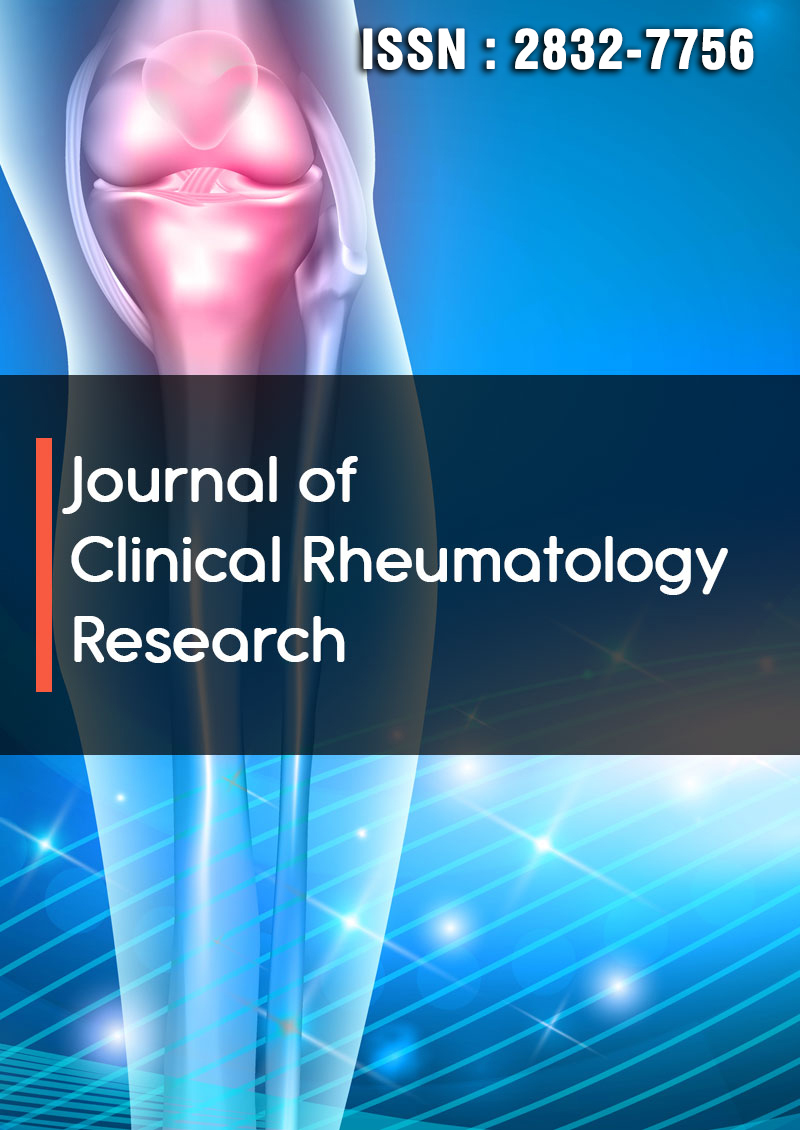The association between HLA B-27 and antinuclear antibody through IIFT: A retrospective study
Abstract
Dr. Soma Dey, Dr. Priti Rani, Dr. Mala Mahto, Dr. Ayan Banerjee A, Dr. Bankim das and Dr. Sushil Kumar
The human leukocyte antigen (HLA) B27, is a Class 1 surface antigen encoded by the B locus in the major histocompatibility complex (MHC) that presents microbial antigens to T lymphocytes. The antinuclear antibody (ANA) is a class of antibodies that bind to cellular components in the nucleus including proteins, DNA, RNA, and nucleic acid-protein complexes, and defines the feature of connective tissue autoimmune disorders. The indirect immunofluorescence assay (IIFT) uses human epithelial cells and primate liver to identify antinuclear antibodies due to its excellent sensitivity and specificity and thus is the gold standard test.
Aims and Objectives The main aim of the study is to assess the association between HLA B27 and antinuclear antibodies detected by IIFT. Along with it we also tried to find out the association of HLAB27 positive with other factors such as hemoglobin, rheumatoid arthritis factor (RA), and erythrocyte sedimentation rate (ESR).
Materials and methods: Design: It is a retrospective observational study.
Study Period: This study was carried out at All India Institute of Medical Sciences, Patna from May 2022 to November 2022.
Study Setting: This is a retrospective study involving samples for all HLA B27 and ANA Screening sent to Biochemistry central lab a period from 2019 till the study period. A total of 225 samples were processed for HLA B27 by Flowcytometry (Beckman and Coulter) and ANA screening in Biochemistry central lab was included in the study. Detailed demographic details, Hb Red blood cell count, ESR, and RA were taken through electronic medical records available on Hospital Information System.
Results: Of 225 study participants, 54.6% were ≤ 26 years old, and 22.2% were positive for HLA B27. It was also observed that 58.2 % were positive for ANA Screening. An association between the HLA B27 status ANA Screening was found statistically insignificant, p =0.20.
Conclusions: No significant association was found between HLA B27 positive cases with ANA screening.



